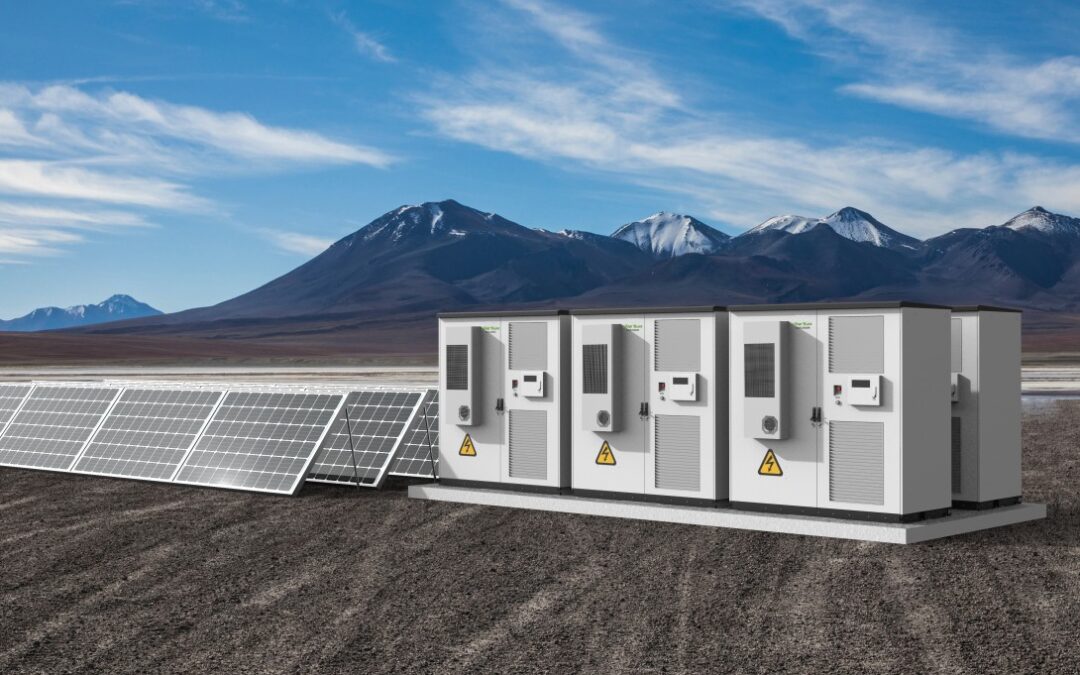As renewable energy continues to revolutionize the power landscape, solar systems are increasingly becoming a household staple. Among these, solar battery storage has emerged as one of the most game-changing additions to traditional solar panel systems. By capturing and storing excess energy generated during the day, solar batteries ensure power availability even after the sun goes down.
The solar battery installation process is a critical step in transitioning to a more sustainable and self-sufficient energy model. Whether you’re a homeowner looking to reduce your energy bills or a business aiming to lower your carbon footprint, understanding the intricacies of solar battery systems can empower you to make better decisions about your energy future.
What Is a Solar Battery?
A solar battery is a device that stores electricity generated by solar panels. Instead of sending all the electricity back to the grid, these batteries allow you to store surplus energy for use at night or during power outages. This not only maximizes the value of your solar power system but also grants you greater independence from the utility grid.
There are several types of solar batteries available today, with lithium-ion being the most common due to their high efficiency, long life span, and fast charging capabilities. Other options include lead-acid and flow batteries, each with its own advantages depending on usage and budget.
Why Solar Battery Installation Matters
Adding a battery to your solar system isn’t just a luxury—it’s becoming a necessity for many energy-conscious consumers. Here’s why solar battery installation is growing in demand:
1. Energy Independence
Solar batteries offer the ultimate freedom from rising energy costs and grid instability. With a properly sized battery system, you can run your home or business independently during peak hours or outages. This level of autonomy gives you control over your energy usage like never before.
2. Maximized Solar ROI
Without battery storage, excess energy generated during peak sunlight hours is often sent back to the grid, sometimes at lower compensation rates. By storing that power, you can use it during high-demand times when electricity is more expensive, maximizing your return on investment.
3. Backup Power Supply
Unexpected blackouts and extreme weather events are becoming more common. A solar battery system can automatically detect outages and switch to backup mode, keeping your essential appliances running smoothly and safely.
4. Environmental Impact
Using stored solar energy instead of drawing from fossil fuel-powered grids reduces your carbon footprint. The more energy you store and consume yourself, the less reliance you have on non-renewable sources.
Components of a Solar Battery System
Before diving into the installation process, it’s important to understand the core components that make up a solar battery system:
- Solar Panels: Capture sunlight and convert it into electricity.
- Inverter: Converts direct current (DC) from the solar panels into alternating current (AC) used by household appliances.
- Battery Storage Unit: Stores excess energy for later use.
- Battery Management System (BMS): Monitors battery performance, charge levels, and safety.
- Monitoring System: Allows you to track energy production, usage, and storage in real time.
Each of these parts must be compatible with one another for the system to function efficiently and safely.
The Solar Battery Installation Process
Understanding how solar battery installation works can help you better plan your transition. Here’s a step-by-step overview of what to expect:
1. Site Assessment and System Design
The first step is a thorough site inspection by a qualified installer. They evaluate your existing solar setup, energy usage patterns, and space available for the battery unit. Based on this assessment, they’ll design a custom storage solution tailored to your needs.
2. Choosing the Right Battery
The choice of battery will depend on several factors, including:
- Energy consumption habits
- Budget
- Available space
- Desired backup duration
An expert installer will guide you through selecting the appropriate size and type of battery that aligns with your goals.
3. Installation of Hardware
Once the system design is finalized, the installation begins. The technician mounts the battery unit—usually in a garage, utility room, or outdoor enclosure—then connects it to your existing solar system. The inverter and monitoring system are also installed during this phase.
4. System Testing and Configuration
After physical installation, the system undergoes rigorous testing to ensure proper performance. The software is configured to optimize charge and discharge cycles, backup modes, and time-of-use settings.
5. Grid Connection and Inspection
Depending on local regulations, the system may need to be inspected and approved by your utility provider before going live. Once approved, your battery is fully operational and ready to store clean, renewable energy.
Maintenance and Monitoring
Modern solar battery systems require minimal maintenance, but regular monitoring is crucial to ensure long-term performance. Many systems come with mobile apps or online dashboards where users can track energy usage, battery levels, and system health in real time.
Basic maintenance tips include:
- Keeping the battery enclosure clean and well-ventilated
- Checking for software updates
- Monitoring for any alerts or irregularities
Professional inspections are recommended every few years to assess system efficiency and perform any necessary updates or repairs.
Cost Considerations
The cost of solar battery installation can vary widely depending on the size of the system, battery type, and complexity of integration with existing infrastructure. While upfront costs may seem high, many homeowners and businesses find the long-term savings and benefits well worth the investment.
Potential cost components include:
- Battery unit
- Inverter (if not already installed)
- Installation labor
- Permitting and inspections
- Monitoring and control systems
Fortunately, there are incentives and financing options available in many regions to offset these costs, including government rebates, tax credits, and solar loans.
Choosing the Right Installer
Selecting a qualified installer is one of the most important steps in the process. Look for providers who are certified, experienced with battery systems, and offer comprehensive warranties. Good installers not only ensure proper setup but also guide you through ongoing maintenance and system optimization.
Reading reviews, checking certifications, and comparing quotes can help you find a reputable installer who aligns with your project goals.
The Future of Solar Energy Storage
As technology advances, solar batteries are becoming more efficient, affordable, and accessible. Innovations in battery chemistry, AI-driven energy management, and smart grid integration are shaping the future of home and commercial energy storage.
As utility rates rise and power grids face increasing strain, energy storage solutions like solar batteries will become essential—not just optional. Investing in solar battery installation now positions you ahead of the curve, allowing you to take full control of your energy destiny.
Conclusion
The world is steadily shifting toward cleaner, smarter energy solutions. By integrating a battery into your solar power system, you’re not just storing electricity—you’re storing peace of mind, financial savings, and environmental responsibility.
The journey to sustainable energy begins with knowledge, and understanding the value and process of solar battery installation is a crucial first step. Whether you’re looking to protect your home from outages, reduce your electricity bills, or contribute to a greener future, a well-designed solar battery system offers a powerful solution.
With the right planning and the right partner, you can turn your solar investment into a complete energy independence package—efficient, reliable, and ready for the future.































